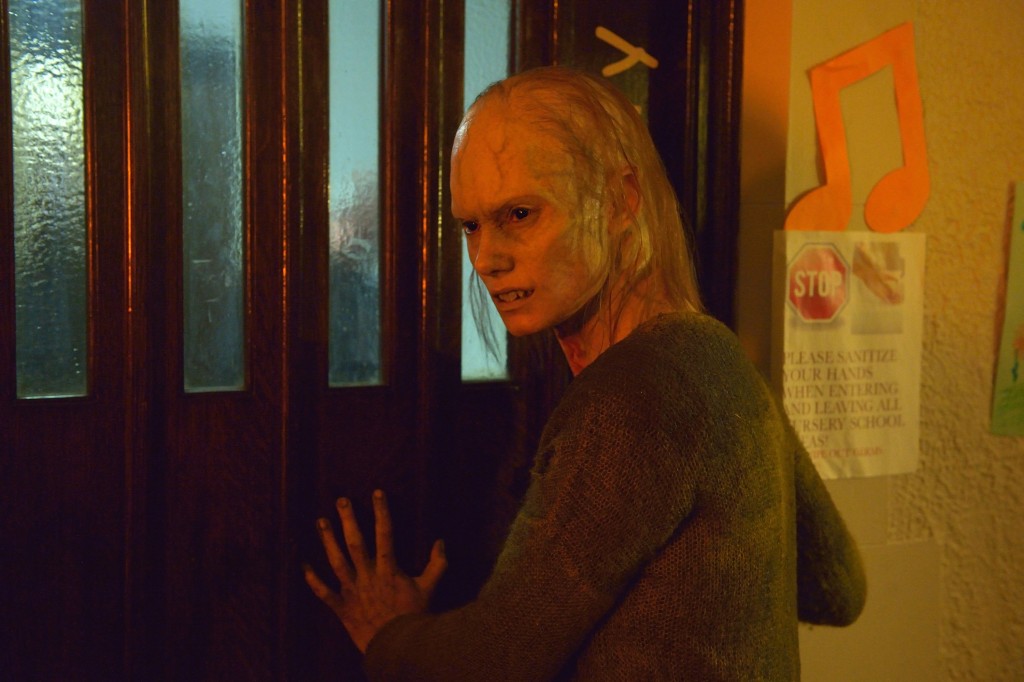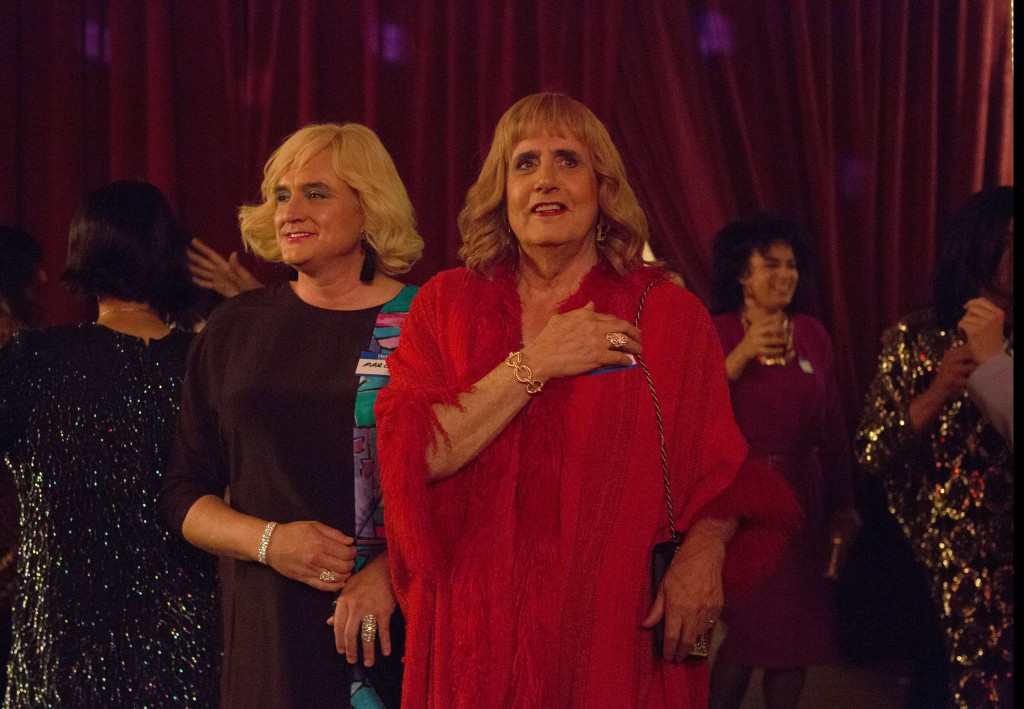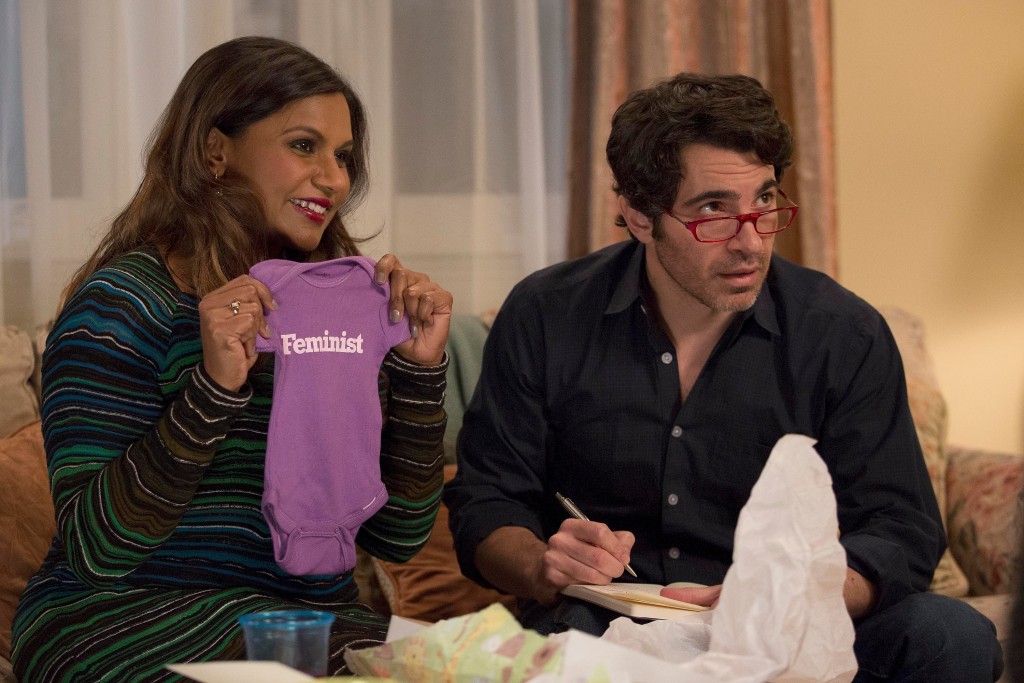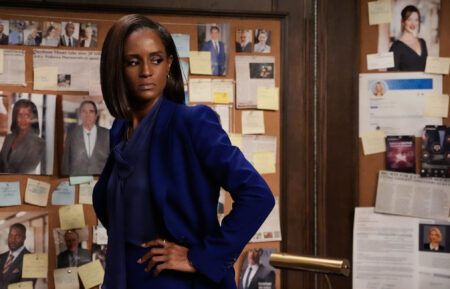Yes, There Is Too Much TV. But for Viewers and the Industry, Is That a Bad Thing?

When FX Networks CEO John Landgraf recently told members of the Television Critics Association that there was “simply too much television,” he was preaching to the choir.
The overwhelming number of series being made for broadcast, cable and streaming outlets was the key topic of this summer’s press tour. As the producers and stars of new shows hit the Beverly Hilton ballroom to promote their wares, one could almost sense the chests of overwhelmed critics and reporters tightening.
“There’s more great content,” CBS CEO Leslie Moonves says. “And there’s probably more crap than ever before.”
According to data furnished by FX, last year 371 original scripted series aired across all platforms. (Not to mention all the unscripted shows.) So far in 2015, the number stands at 267–and Landgraf believes it will easily pass 400 by the end of the year. That’s nearly double the number of scripted shows five years ago.
“I’m asked when, and if, this proliferation of scripted series will level out and/or decline,” Landgraf says. “But just when I think we are at that point, another network jumps into the game. I long ago lost the ability to keep track of every scripted TV series. But this year, I lost the ability to keep track of every programmer.”
Critics like TV Guide Magazine/TV Insider’s Matt Roush and Hit Fix’s Alan Sepinwall say the explosion makes their jobs harder. “Yes, I’d like to have time to catch up on Humans, Orphan Black, Vikings and many others,” Sepinwall recently wrote, “and the thought of narrowing down the best shows of this year into a top 10 list makes me cry like I just watched an episode of Friday Night Lights, but if this isn’t the best time in TV history to be a reviewer of it, I don’t know what is.”
 This isn’t a new phenomenon, and TV Guide Magazine even examined the high class problem with a cover story in 2013. Fueling the growth are cable networks that have entered into or expanded the scripted arena in recent years, such as AMC, MTV, Bravo, E!, WGN America, A&E and, yes, even FX and its new sibling, FXX. But the real game changer is streaming media, as Netflix, Amazon, Hulu and others ramp up their output. Amazon Studios head Roy Price says he’d like to launch new or returning originals roughly every three weeks. Netflix content chief Ted Sarandos plans 475 hours of original programming this year.
This isn’t a new phenomenon, and TV Guide Magazine even examined the high class problem with a cover story in 2013. Fueling the growth are cable networks that have entered into or expanded the scripted arena in recent years, such as AMC, MTV, Bravo, E!, WGN America, A&E and, yes, even FX and its new sibling, FXX. But the real game changer is streaming media, as Netflix, Amazon, Hulu and others ramp up their output. Amazon Studios head Roy Price says he’d like to launch new or returning originals roughly every three weeks. Netflix content chief Ted Sarandos plans 475 hours of original programming this year.
This plethora of content may explain why viewers are constantly behind as episodes pile up on DVRs and new seasons of streaming shows go unwatched. Even the summer season, historically a slow time for original programming, now sees new shows like USA’s Mr. Robot, Lifetime’s UnReal and AMC’s Humans make the “to watch” list. The move toward more serialized dramas, in which every episode is a must-see, also doesn’t help.
 “How can this sustain itself?” asks Jason Winer, director/producer of CBS’s new fall comedy Life in Pieces. “And as a consumer, you’re overloaded. You can’t decide what to watch.”
“How can this sustain itself?” asks Jason Winer, director/producer of CBS’s new fall comedy Life in Pieces. “And as a consumer, you’re overloaded. You can’t decide what to watch.”
Even Hulu’s head of content, Craig Erwich, sympathizes. “It’s a very fair concern,” he says. “But the farthest end of the bell curve, those true masterpieces, I don’t think there’s ever enough of those.”
Another issue is the dilution of talent. Most executives and producers agree that Hollywood employs a finite number of top-notch writers and actors, and they’re stretched thin. “Instead of having eight great writers and two rookies [on a show], you may have three great writers and six rookies,” Moonves says. Adds Erwich: “There is a definite showrunner crunch.”
Landgraf believes the industry can’t continue to support this much content as viewers spread out and ratings get lower. Smaller audiences, of course, mean fewer advertising dollars. Wall Street, meanwhile, got so spooked earlier this month that viewers may be abandoning traditional TV that analysts pushed down stock prices of major media companies.
 “My sense is that 2015 or 2016 will represent peak TV in America and that we’ll begin to see declines coming after that,” Landgraf says. “There is going to be a culling of the herd. I don’t think we’ll see [the programming bubble] bursting so much as beginning to slowly deflate.” (For his part, Landgraf says he believes FX has reached its “optimal number” of series.)
“My sense is that 2015 or 2016 will represent peak TV in America and that we’ll begin to see declines coming after that,” Landgraf says. “There is going to be a culling of the herd. I don’t think we’ll see [the programming bubble] bursting so much as beginning to slowly deflate.” (For his part, Landgraf says he believes FX has reached its “optimal number” of series.)
If that comes true, the Huffington Post’s Maureen Ryan worries that an industry roll back would hit risky, more creatively ambitious projects the hardest. “Based on decades of TV history regarding a lack of diversity of creators/voices, legit fears [on] who gets shown the door if peak TV contracts,” she wrote on Twitter.
But with no signs yet of an entrenchment, industry leaders like Moonves isn’t quite as emphatic as Landgraf. “I understand where John was pointing, but John was trying to be a provocateur,” he says. “I understand the fear of dilution. We haven’t hit that limit yet.”
Producer Aaron Kaplan (The Mysteries of Laura, Secrets and Lies) thinks the industry has to rethink ratings given the programming glut. “As long as we can recalibrate ratings expectations, we haven’t saturated the market,” he says. “Having more content is fantastic. Giving people fewer choices isn’t the answer.”
NPR’s Linda Holmes suggests that even if we’ve reached “peak TV,” it’s no different than the sheer number of books and records that are released every year. “It’s not a closed system in which you can reasonably expect that if something is of quality, your smart friends have seen it or should have seen it,” she recently wrote. “It’s a scattered system where, as with books and films, it’s a given that commercial success doesn’t come to everything that has merit, and that’s no scandalous failure of the public, the marketing or the artist.”
If there’s any relief for overwhelmed viewers, it’s that more shows are adopting smaller episode orders. An increasing number of series, particularly on cable, have shrunk to 10-, eight- or even six-episode seasons.
“There are a dozen or two dozen [series] that people are really talking about,” says Downton Abbey executive producer Gareth Neame, who notes how U.S. TV is starting to borrow British TV practices, like the fewer-episode season. “You have to be one of those hit shows, and to be a hit show, you have to have something that draws people in. It’s very often about cast. If you do six episodes [of a limited series], you’ll get a movie star. And that way you’ll get a different kind of attention.”
Landgraf believes networks like FX, HBO and AMC have an advantage in cutting through the clutter. He points to The Shield as the series that launched FX’s edgy brand and helped propagate quality scripted programming on basic cable. “Again,” he told exhausted TV reporters, “sorry for that.”










